Born in Brno, Czechoslovakia in 1919. Died in Prague, Czech Republic, in 1993.
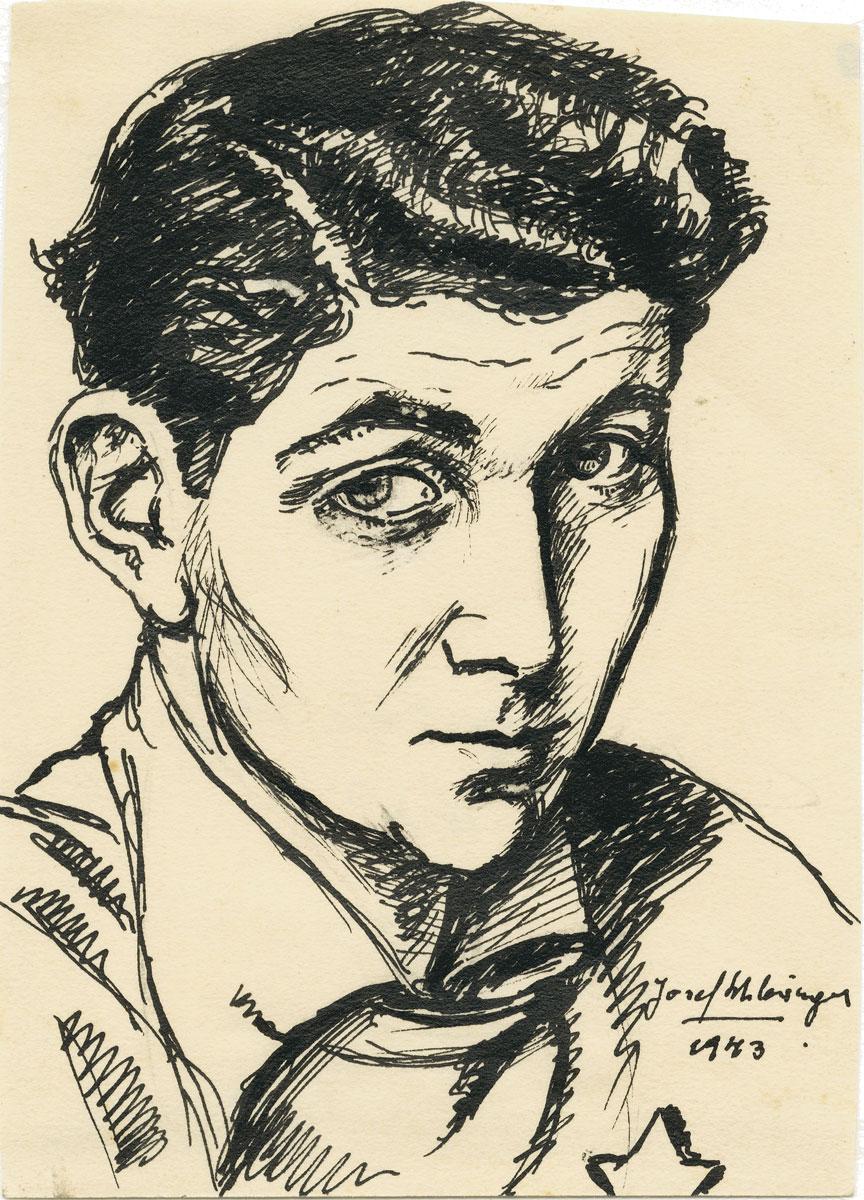
Ink on paper
10.2x8cm
Collection of the Yad Vashem Art Museum, Jerusalem
Gift of Avraham and Pnina Tory (Tory Collection), Israel

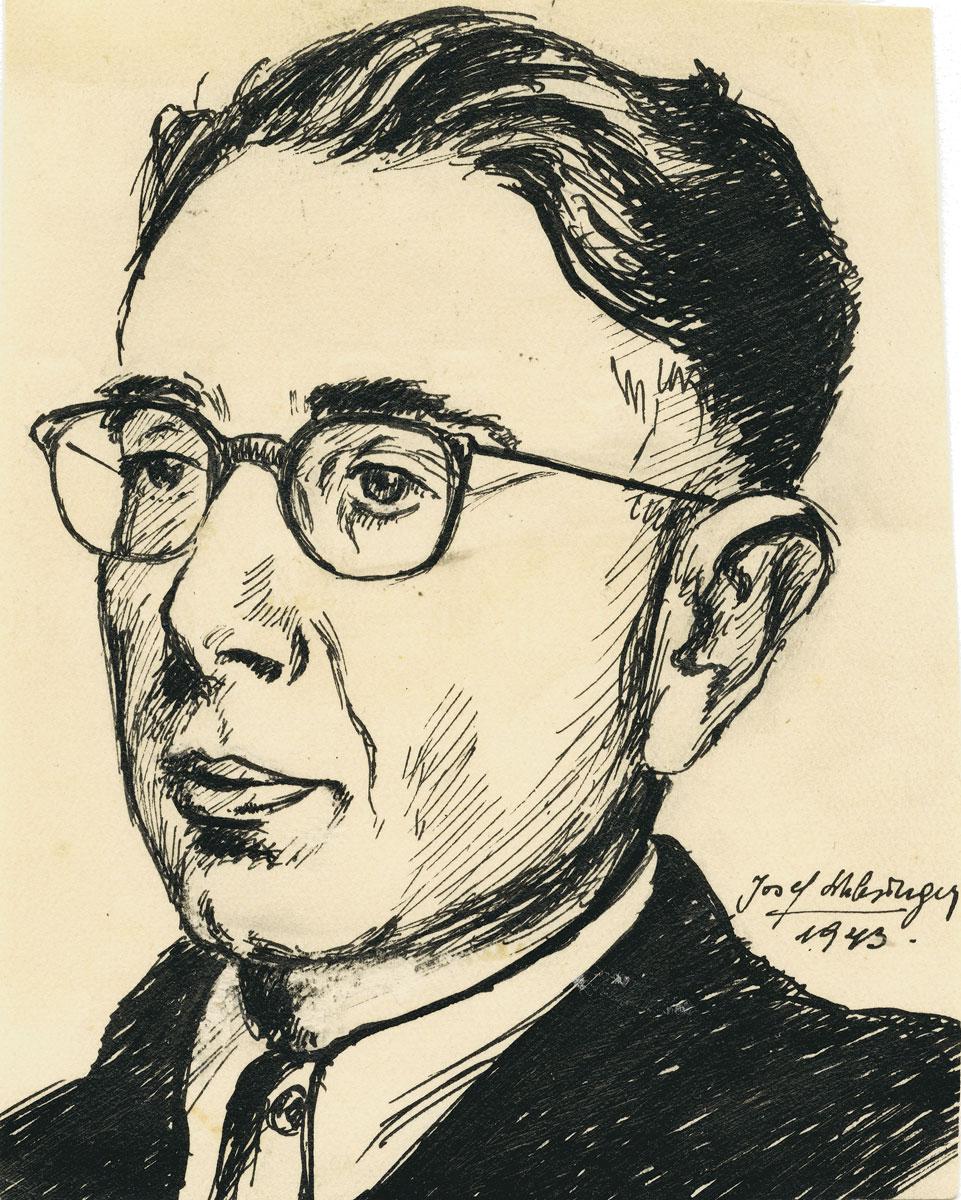
Commander of the Jewish Ghetto Police.
Murdered in the Ninth Fort on March 25, 1944.
Ink on paper
12x9.6 cm
Collection of the Yad Vashem Art Museum
Gift of Pnina and Avraham Tory (Tory Collection), Israel

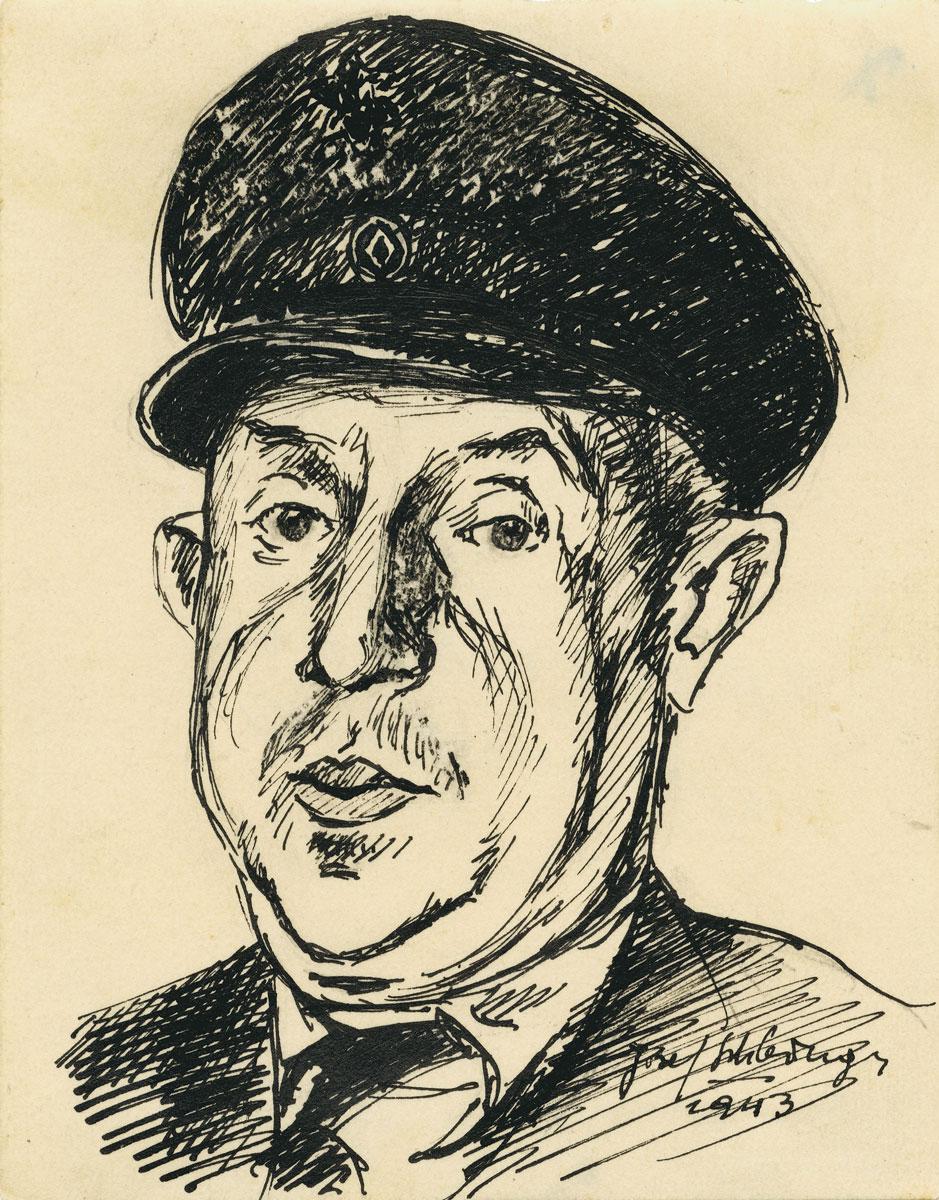
Graduate of public relations. Manager of a movie theater in Kovno. Deputy Commander of Jewish Ghetto Police.
Born 1896 in Kybartai, Russian Empire. Head of the local "Brit Hahayil". Married Golda and settled in Memel. Murdered in the Ninth Fort on March 25, 1944.
Ink on paper
11.2x9 cm
Collection of the Yad Vashem Art Museum
Gift of Avraham and Pnina Tory (Tory Collection), Israel

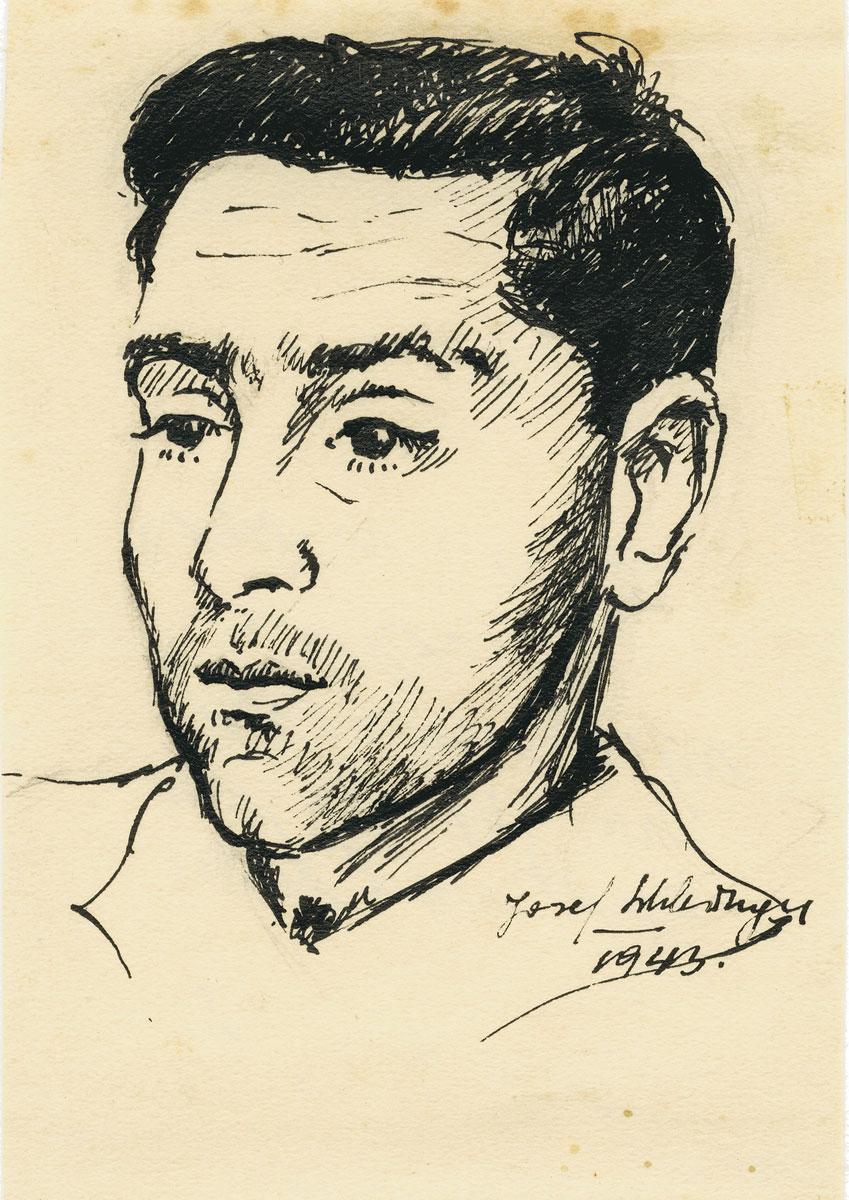
Jewish Ghetto Police officer.
Murdered in the Ninth Fort on March 35, 1944.
Ink on paper
10.6x7.3 cm
Collection of the Yad Vashem Art Museum
Gift of Avraham and Pnina Tory (Tory Collection), Israel

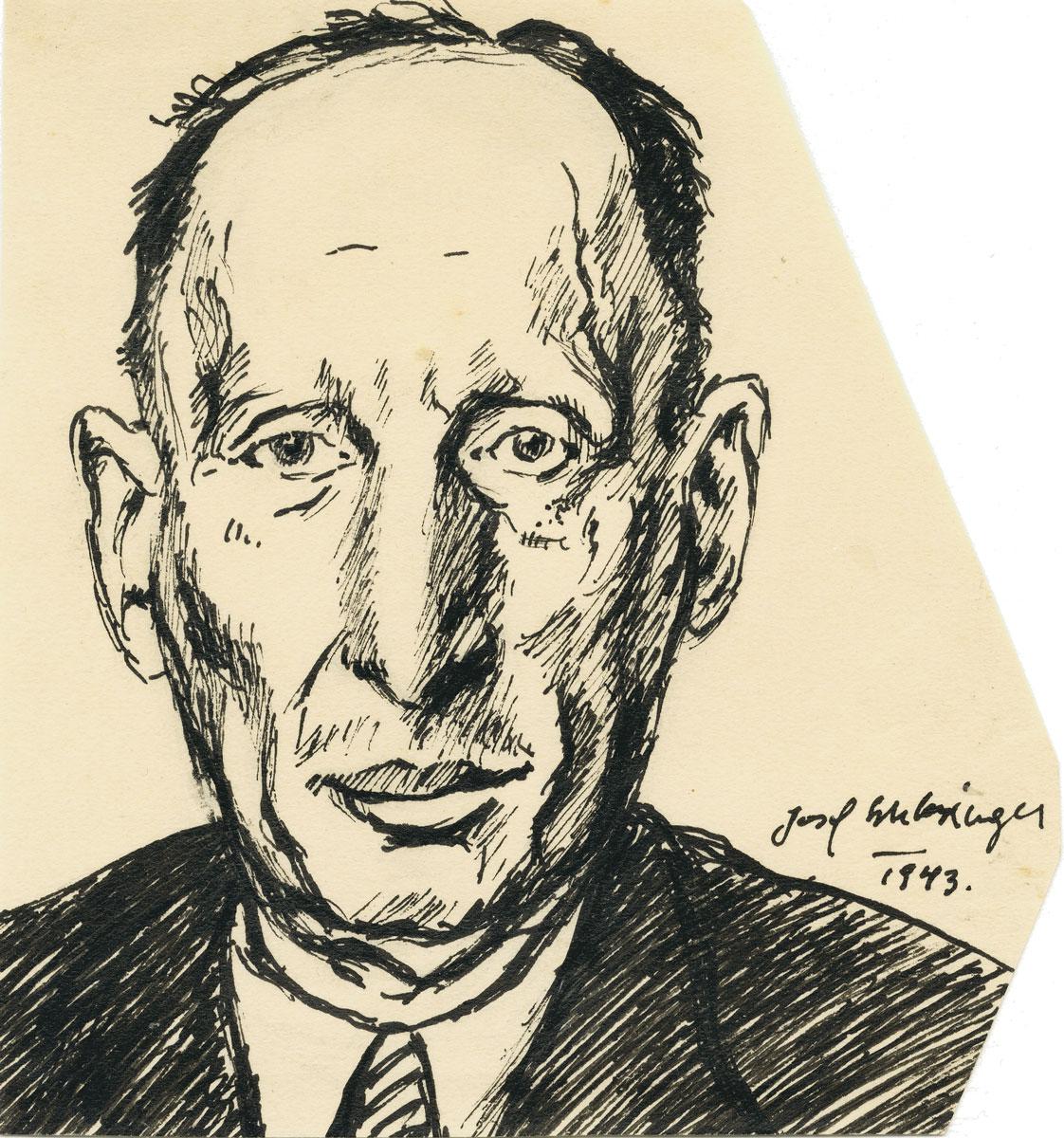
Worked in the Economic Department of the Ältestenrat in the ghetto.
Murdered in November 1943 in the Ninth Fort for assisting partisans.
Ink on paper
10.4x10 cm
Collection of the Yad Vashem Art Museum
Gift of Avraham and Pnina Tory (Tory Collection), Israel

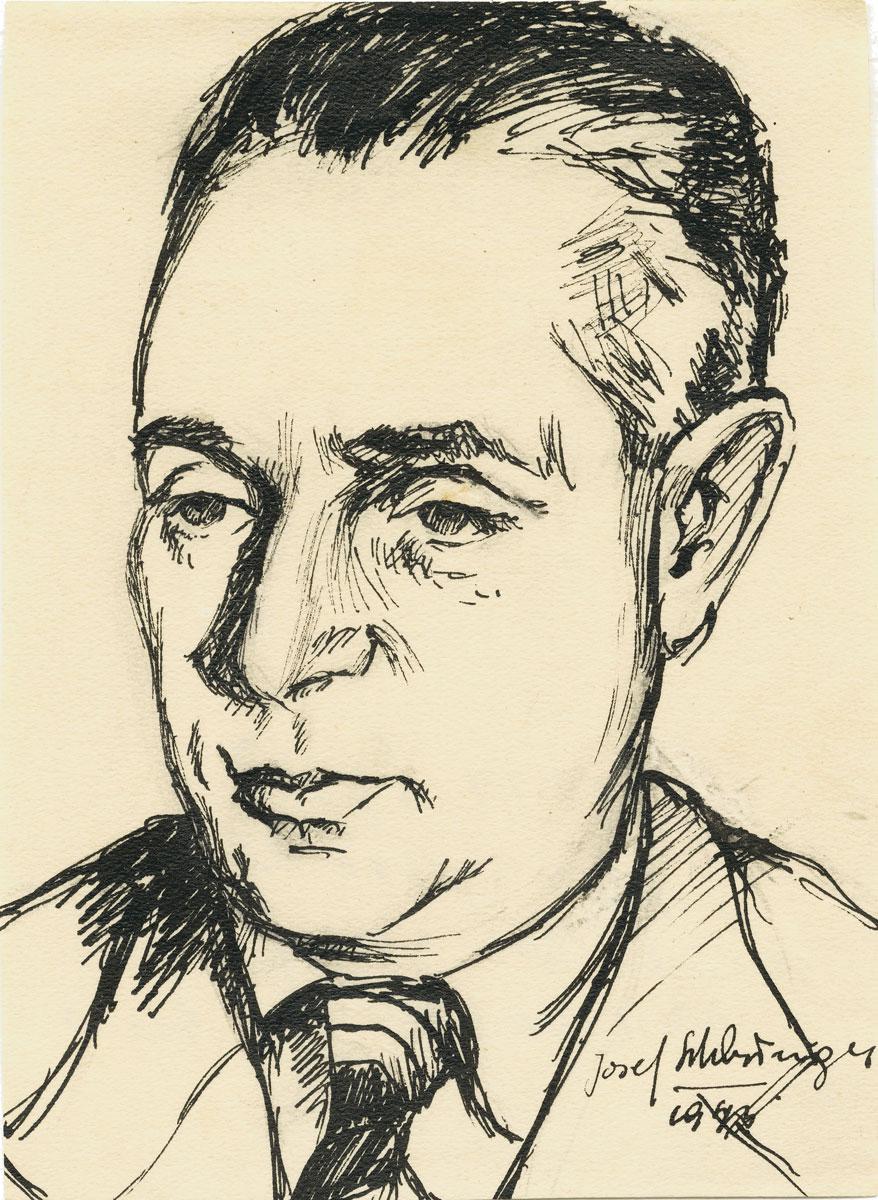
Businessman. Worked in the Food Supply and Labor Departments in the ghetto.
Born in Kybartai, Russian Empire. Married Esther Berkman in 1921 and the couple had a son. Deported to the Kovno Ghetto, and from there transported to Kaufering I. On May 1945, shortly after the camp’s liberation, died from typhus in Dachau.
Ink on paper
12.1x9 cm
Collection of the Yad Vashem Art Museum
Gift of Avraham and Pnina Tory (Tory Collection), Israel

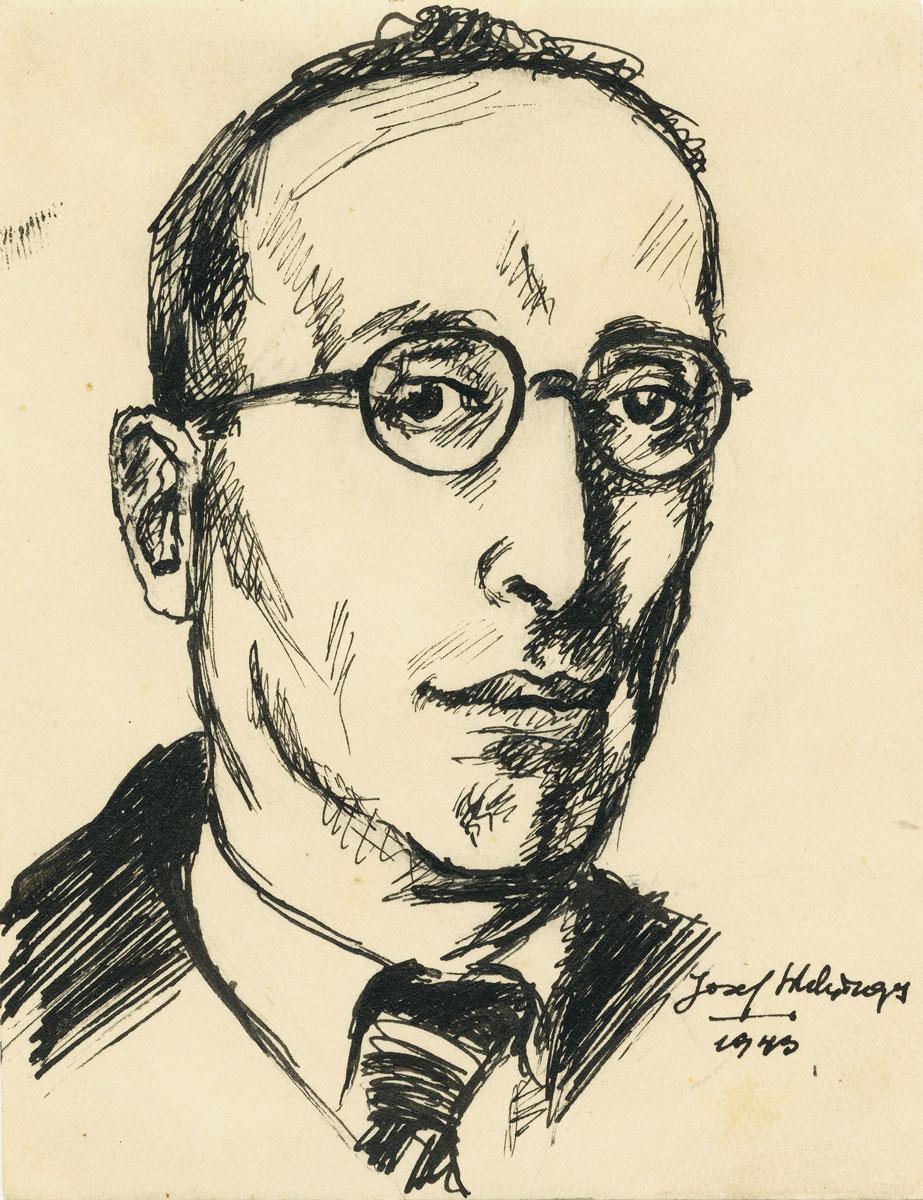
Director of the hospital and Sanitary Department for infectious diseases in the ghetto.
Transported to the camps in Germany. After the war, lived in the United States.
Ink on paper
11.2x9 cm
Collection of the Yad Vashem Art Museum
Gift of Avraham and Pnina Tory (Tory Collection), Israel

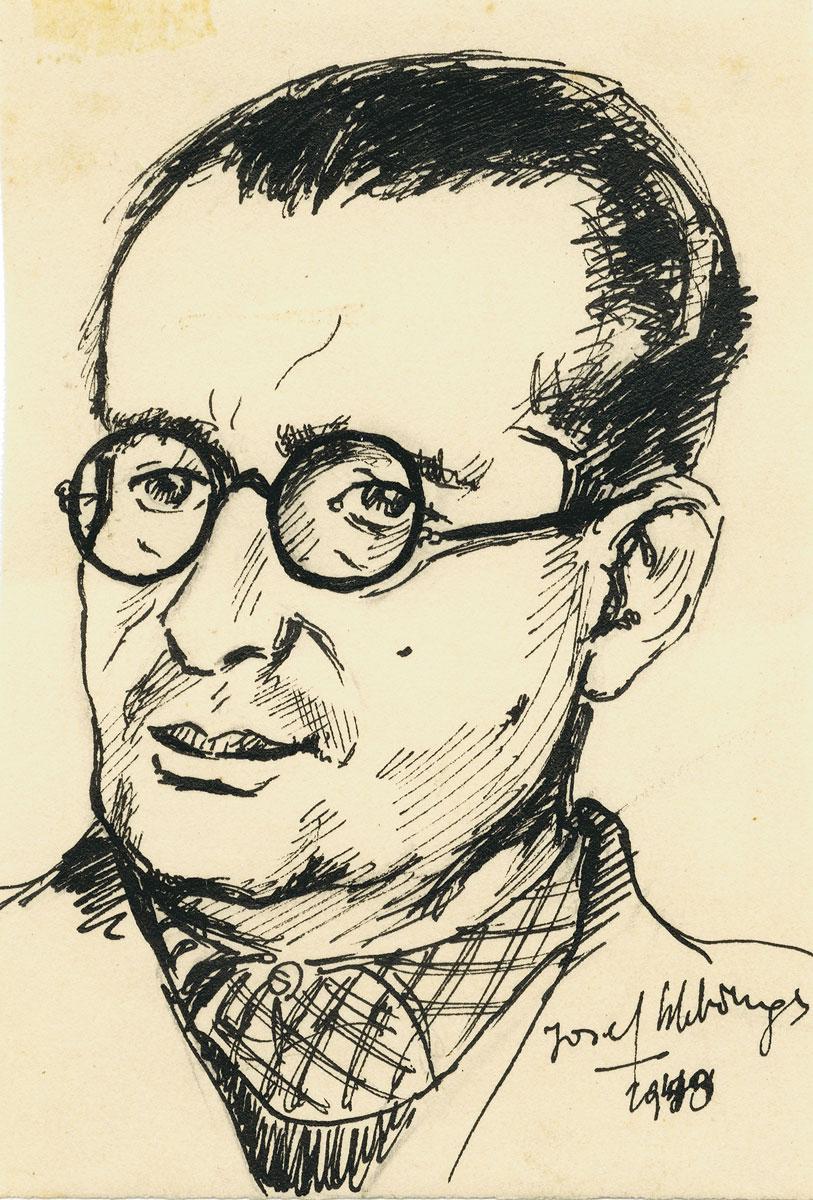
Jurist and teacher. Director of the Jewish Agency's office in Kovno. In the ghetto, member of the Zionist Center. Manager of workshops.
Born 1906 in Plungė, Russian Empire. One of the few survivors of the ghetto’s liquidation. After the liberation by the Red Army, he was arrested by the Soviet regime, for his Zionist affiliation. In 1945, fled with his wife and son to Italy. After two years, the family immigrated to Israel, and settled in Jerusalem. Brik served as secretary of the Bialik Institute and was a board member of the Jerusalem Economic Foundation. Died in 1995.
Ink on paper
11.2x8 cm
Collection of the Yad Vashem Art Museum
Gift of Avraham and Pnina Tory (Tory Collection), Israel

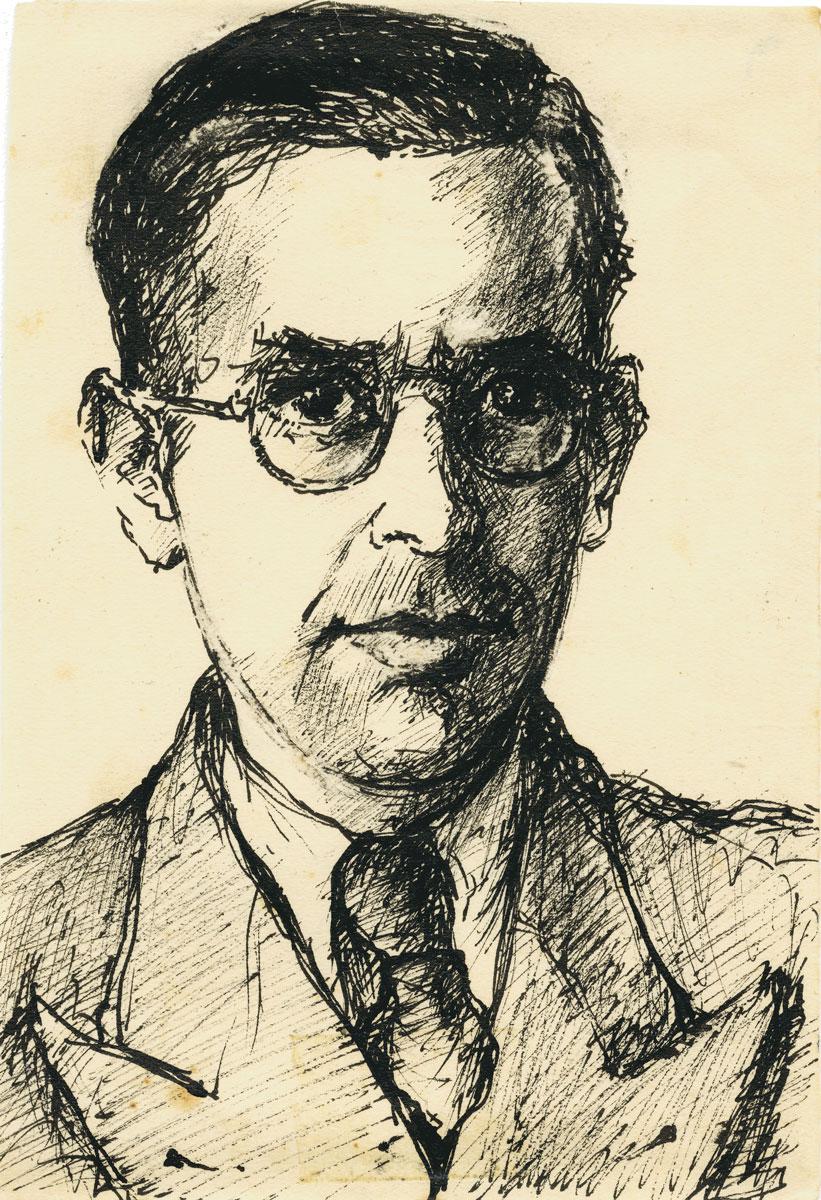
Graphic artist active in the ghetto’s documentation project. In the ghetto, he was conscripted to forced labor as director of a toy workshop designated for German children.
Born 1910 in Germany. Settled in Kovno in June 1941. Married Renee Silverman. At the request of the Ältestenrat, managed a graphic workshop and engaged in the ghetto’s documentation effort with fellow artists. Transported to Dachau, where he was liberated. Died in 1971. His only child, Raanan, was murdered in the ghetto.
Ink on paper
15.1x10.1 cm
Collection of the Yad Vashem Art Museum
Gift of Avraham and Pnina Tory (Tory Collection), Israel

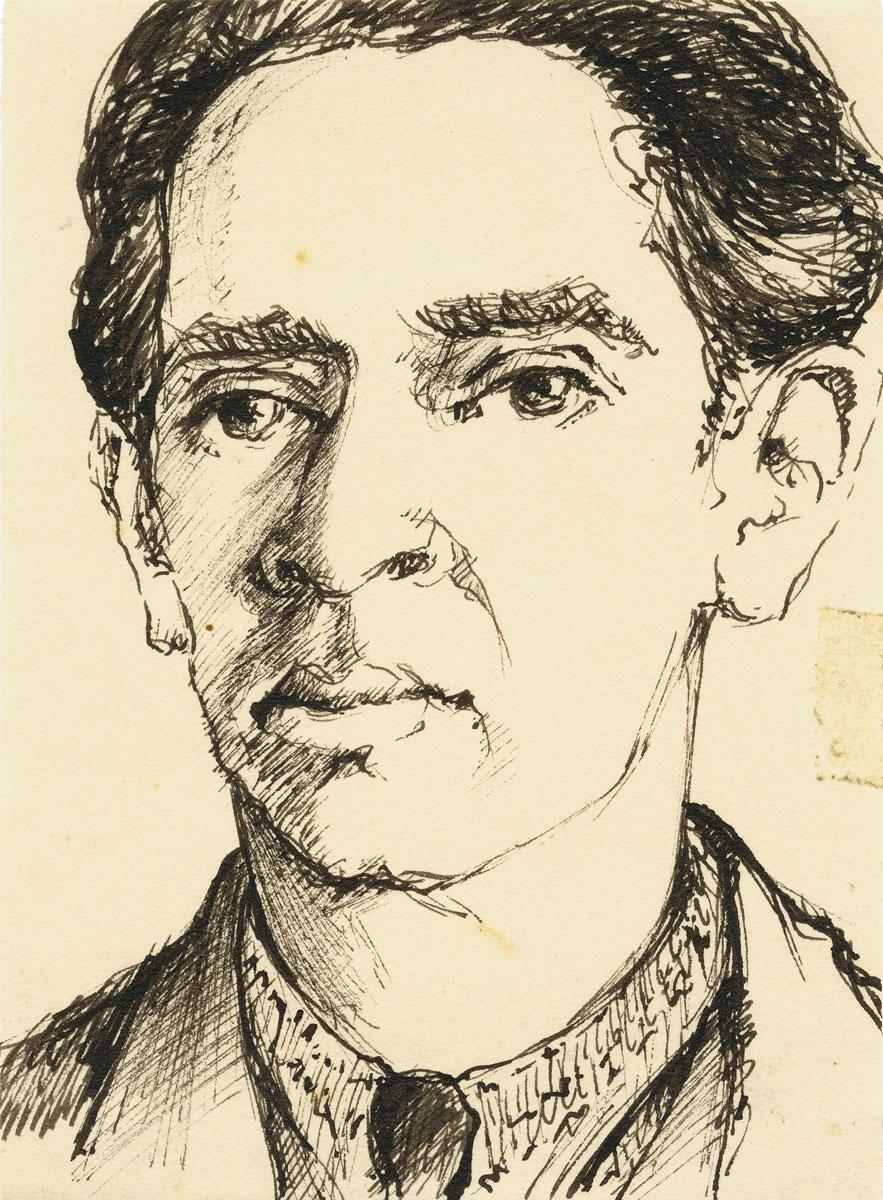
Director of the Ältestenrat Interior Office. Leader of the underground Communist organization in the ghetto.
Ink on paper
11.5x8.1 cm
Collection of the Yad Vashem Art Museum
Gift of Avraham and Pnina Tory (Tory Collection), Israel







